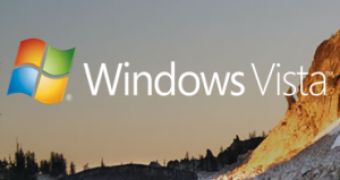Volume Activation 2.0 represents the evolution of the activation process associated with the Windows operating systems, both for the server and the client side. Initially introduced with Windows Vista at the end of 2006 and the beginning of 2007, Volume Activation 2.0 is aimed at Microsoft's Volume Licensing customers, and not at the end users. In this manner, the Redmond company aimed to gain some level of control over what it referred to as the largest source of pirated copies of Windows - product keys for volume editions of previous releases of the operating system.
"Previously, activation for Microsoft Windows was required only for Microsoft software purchased from retail stores and original equipment manufacturers (OEMs). Operating system licenses purchased through volume licensing programs did not require activation. Additionally, available activation methods made it difficult to control product keys that came with volume editions of Microsoft software. Because of this, product keys for volume editions of Windows XP and Windows Server 2003 were easily compromised and became the primary source of pirated software. In fact, over 80% of Windows XP piracy is due to the accidental leaking of product keys issued to volume customers," Microsoft revealed.
With the release to manufacturing and the subsequent availability of Windows Vista Service Pack 1 and Windows Server 2008 Service Pack 1/RTM, Volume Activation 2.0 remains largely the same as with the RTM build of Vista, but at the same time there are some changes. Mainly the alterations introduced to Volume Activation 2.0 are related to the cutting of the Reduced Functionality Mode from both Vista SP1 and Windows Server 2008. The Redmond company provides comprehensive Volume Activation 2.0 Technical Guidance, via documentation made available for download and accessible here.
"If activation does not occur immediately after the operating system is installed, Windows Vista and Windows Server 2008 still provide the full functionality of the operating system for a limited amount of time, or grace period. The length of a grace period varies from thirty days, for Windows Vista, to sixty days, for Windows Server 2008. After the grace period expires, the initial release of Windows Vista transitions to reduced functionality mode (RFM), but Windows Vista Service Pack 1 (SP1) and Windows Server 2008, after the initial grace period expires, do not go into RFM," Microsoft stated.

 14 DAY TRIAL //
14 DAY TRIAL //